By Michael D. Hull
When the men of E Company, 2nd Battalion, 8th Infantry Regiment, U.S. 4th Infantry Division stepped out of a Higgins boat into waist-deep water at Utah Beach, Normandy, early on Tuesday, June 6, 1944, they were accompanied by a short, slender man with a dented nose.
He carried a cane in one hand and a Colt .45 automatic pistol in the other. He wore a knit, olive-drab cap because he hated heavy Army helmets. At 57 years of age, he was the oldest man and the only general to land on a Normandy beach in the first wave. Brigadier General Theodore Roosevelt, Jr., oldest son of the 26th President of the United States, and a veteran of World War I and action in North Africa, Sicily, and Italy, became one of the heroes of the massive, long-awaited Allied invasion of northern France.
But Roosevelt, the assistant commander of Maj. Gen. Raymond O. “Tubby” Barton’s 4th Infantry Division, had had to fight for a role in the critical early hours of the “longest day.” Barton was reluctant because of Roosevelt’s physical condition. He had been diagnosed with arthritis in 1941, a condition resulting from a 1918 leg wound, and had been recently felled by pneumonia.
After a verbal request was denied, TR Jr. filed a formal written request. Barton voiced reservations about what the troops would think of being led by an officer who needed a walking stick, and Roosevelt replied, “They’ll figure that if a general is with them, it can’t be that rough. It will steady the men to know I’m with them, to see me plodding along with my cane.” Barton wavered, his deputy persisted, and the divisional commander eventually relented. “When I said goodbye to Ted in England,” Barton said later, “I never expected to see him alive again.”
Ted Roosevelt’s exploits on Utah Beach that historic day are related in detail by former broadcasting journalist H. Paul Jeffers in “In the Roughrider’s Shadow: The Story of Theodore Roosevelt, Jr.—War Hero” (Presidio Press, Novato, Calif., 2002, 282 pp., 30 photographs, maps, notes, index, $14.95 paperback). The first biography of the soldier, politician, explorer, activist, prolific writer, father, and husband whom General George S. Patton Jr, called the bravest man he knew, is exhaustive, gracefully written, and engaging—a top-notch study of an American hero.
TR was an inspiration to all on Utah Beach. After realizing that the division had landed in the wrong sector, he said, “We’ll start the war from right here.” Striding around and ignoring enemy fire, just as his famous Rough Rider father had done at Kettle Hill in Cuba almost 46 years before, General Roosevelt waved his cane while calmly directing traffic and exhorting the scared, wet troops to keep moving. He led groups off the beach, over the seawall, and set them up inland. His gallant leadership earned him the Medal of Honor, awarded posthumously after he died of a heart attack a month later. The citation said that TR Jr. “contributed substantially to the successful establishment of the beachhead in France.” D-day was a resounding success for the 4th Division, the author points out. In 15 hours that day, more than 20,000 soldiers and 1,700 vehicles went ashore and moved swiftly inland.
Jeffers outlines crisply and smoothly TR Jr.’s full life of action and service. He was the youngest American regimental commander to see combat in World War I, the first reserve officer to lead a Regular Army regiment in action, and a founder of the American Legion. He was assistant secretary of the Navy under President Warren G. Harding, bagged specimens of rare mountain sheep during expeditions in the Himalaya Mountains and Indochina, and served with distinction as governor of Puerto Rico and governor-general of the Philippines. And he earned more decorations for valor in two wars than any other American officer.
Through this remarkable and rewarding book runs the thread that motivated Ted Roosevelt: the desire to earn the respect of the illustrious father who had led America onto the world stage. But he need not have been concerned, as the author makes clear.
A few days before the former president’s death, Ted Jr.’s wife, Eleanor, confided to him that his son worried about being worthy of his father. “Worthy of me?” said old Teddy. “Darling, I’m so very proud of him. He has won high honor, not only for his children, but, like the Chinese, he has ennobled his ancestors. I walk with my head higher because of him.”
Recent and Recommened
Battle of Wits by Stephen Budiansky, Touchstone Books, NY, 2002, 436 pp., 38 photographs, 5 maps, notes, appendices, glossary, index, $16.00 paperback.
Code-breaking worked miracles for the Allies when the chips were down in World War II.
Twenty-hour shifts of painstaking work put in by Navy Commander Joseph Rochefort and his cryptographic team in the windowless basement of Station Hypo at Pearl Harbor pulled through the U.S. Pacific Fleet’s victory at Midway on June 4-6, 1942 with the narrowest of odds. Having enlisted in 1918 with vague hopes of becoming a naval aviator, Rochefort managed to break JN-25, the Imperial Japanese Combined Fleet’s operations’ code.
Clad invariably in a smoking jacket and carpet slippers, Rochefort scored America’s first coup in the shadow war against the Japanese. Above his desk hung a notice: “We can accomplish anything, provided no one cares who gets the credit.”
Similarly, the British code-breaking apparatus halted Field Marshal Erwin Rommel’s Afrika Korps in its tracks a mere 200 miles from Cairo, galvanized the dispirited British Eighth Army at Alam el Halfa in August 1942, and helped to turn the tide in the North Atlantic at two critical junctures when Britain faced unsustainable losses.
The Allied code-breakers and cryptographers toiling clandestinely at such locations as Station Hypo; Bletchley Park in Buckinghamshire, England; and Arlington Hall in Washington, DC, won the war and changed the world, says Stephen Budiansky in this dramatic history. And they also accomplished an even more remarkable feat. They changed armies and navies. Never again would generals and admirals disregard intelligence.
The author, who received a master’s degree in applied mathematics from Harvard University and worked on classified military studies as a congressional fellow, was well qualified to write this book, a stylish, insightful, and scrupulously detailed examination of how Britain and America mobilized motley crews of mathematical geniuses and ascetic oddballs in the crusade against fascism. At Bletchley Park and Arlington Hall, rules mattered less than results.
Containing classified material released only in the past five years, this study is a crucial addition to World War II literature.
In the code war, Budiansky concludes, the Allies triumphed while the Axis powers faltered. The Allies made mistakes and recovered, but their foes did not. With the exception of Admiral Karl Doenitz, head of the German U-boat fleet, most Nazi and almost all Japanese commanders never grasped the concept of signals’ intelligence.
Nevertheless, the author points out, as overwhelming Anglo-U.S. might pushed back the German armies in the last year of the war, the Allied generals grew overconfident and slipped back into their old habits of failing to read enemy intentions. Glaring lapses in Allied intelligence contributed to the failure of Operation Market-Garden in September 1944, and aided Field Marshal Gerd von Rundstedt’s great Ardennes breakthrough on December 16, 1944. Field Marshal Bernard L. Montgomery’s headquarters disregarded Dutch underground reports of two panzer divisions lurking at Arnhem, while Ultra provided ample warnings of the German buildup preceding the Battle of the Bulge.
Written with understanding and verve, this is a masterful chronicle of the tedious, unglamorous 1939-1945 back-room campaign that consistently hoodwinked the enemy and ensured the Allied victory.
Once Upon a Town by Bob Greene, William Morrow, NY, 2002, 264 pp., $24.95 hardcover.
Soon after the December 7, 1941, Pearl Harbor attack, a love story between a country and its sons was kindled on the vast, windswept western plains.
When World War II began for America, thousands of young men were transported across the continent to both coasts before being shipped out to Europe and the Pacific. At all hours, the steam whistles of troop trains echoed plaintively across the distances.
The great Union Pacific Railroad’s main line ran through the little town of North Platte on the wide, meandering Platte River in southwestern Nebraska. Day and night, the trains rumbled into North Platte, which boasted a population of only 12,000 souls in 1941. A resident came up with an idea. Why not meet the trains coming through and offer the lonely, fearful servicemen a little warmth and support? It began on Christmas Day, 1941, when a troop train rolled in and the surprised soldiers were greeted by smiling North Platte citizens bearing baskets of food and treats.
What transpired in the years that followed was amazing, says syndicated Chicago Tribune columnist Bob Greene in this offbeat and charming book. Some would call it a miracle, he writes.
The railroad depot on Front Street was transformed into the “North Platte Canteen.” It was open every day of the year—from 5 am until the last troop train had passed through after midnight. The trains were scheduled to stop there for only 10 minutes, but the people of North Platte made every minute count by dispensing home-cooked meals, apples, music, and words of cheer. Gradually, Greene writes, word of what was happening in North Platte spread, and GIs riding the rails became aware that way out on the Cornhusker flatlands they would find a welcome at the North Platte Canteen.
Every day of the war, an average of 3,000 to 5,000 soldiers, sailors, Marines, and airmen went through the town and were catered to by the canteen. Toward the end of the war, the number of uniformed transients grew to 8,000 a day, sometimes aboard as many as 23 trains daily. Every troop train was greeted, and every man was welcomed.
It was a heartwarming aspect of the World War II Home Front, and Greene, a master storyteller with a bright, literate touch and a perceptive eye, relates it in an endearing narrative. Poignant and uplifting, this is a gem of wartime Americana.
Six million servicemen were greeted at the canteen during the war, and the miracle of North Platte, says the author, lay in the fact that the 12,000 residents did it all by themselves. All of the food, services, and hours of work were volunteered by private citizens and local businesses. No federal aid or public money was involved, except for a $5 bill mailed by President Franklin D. Roosevelt, who had heard about the canteen and wanted to help.
Greene’s little book is a glowing tribute to the American spirit as exemplified by a group of generous Nebraskans.
The Ship That Held the Line by Lisle A. Rose, Naval Institute Press, Annapolis, Md., 2002, 310 pp., 19 photographs, line drawing, notes, index, $18.95 paperback.
Few fighting vessels in U.S. Navy history crammed as much action into such a short time as did the 19,800-ton, 809-foot carrier USS Hornet (CV-8), the ship that held the line in the first year of the Pacific War.
On the morning of April 18, 1942, she launched 16 Army B-25 Mitchell medium bombers for Colonel James H. Doolittle’s raid on Japan, inaugurating America’s Pacific counteroffensive. Minimal damage was inflicted on Tokyo and other cities, but the historic mission provided a much-needed boost to morale in the United States.
A month and a half later, Hornet played a critical role in the close-run American victory at Midway, the most decisive naval encounter since the Battle of Trafalgar. After sacrificing her gallant Torpedo Squadron 8 in attacks on the Japanese carriers, Hornet damaged a destroyer, helped to sink the cruiser Mikuma, and crippled the cruiser Mogami. The following August, writes Lisle Rose in his compelling ship’s biography, Hornet steamed into the fierce naval battles off Guadalcanal. There, she carried most of the burden of air cover in the Solomon Islands campaign after the Enterprise and Saratoga were damaged and the Wasp sunk.
A recent volume in the distinguished Naval Institute Press “Bluejacket Books” series, this is a first-rate narrative of the gallant flattop’s service in the earliest and most critical months of the Pacific War, when Allied fortunes hung precariously in the balance. Lisle’s book is fully documented, smoothly written, and rich in historical, human, and technical detail.
The author describes graphically the dramatic climax of Hornet’s brief career at the October 26, 1942, Battle of the Santa Cruz Islands, where she and Enterprise battled a Japanese carrier-battleship force. After her planes severely damaged the carrier Shokaku and cruiser Chikuma, and attacked two other cruisers, Hornet was crippled by a dive-bomber and torpedo-plane assault. She had to be abandoned.
Rose shows that Hornet died as hard as she had fought. Burning from stem to stern, she was still afloat after taking nine torpedoes and 400 rounds of 5-inch shellfire from the destroyers USS Mustin and USS Anderson. Torpedoes from enemy destroyers hastened her demise, and she finally sank at 1:35 am on October 27 off Santa Cruz. Hornet was awarded four battle stars.
The author is a former Navy man and State Department staffer.
The Remains of War by Jintaro Ishida, Lyons Press, Guilford, Conn., 2002, 320 pp., photographs, appendix, index, $22.95 hardcover.
“In Calamba, they were brought fast by trucks,” recalled Daizaburo Ohara, a World War II veteran of the Imperial Japanese Army. “We could not use our bayonets to kill that many people. So we strangled them with hemp ropes.
“I wound a hemp rope twice round the neck of a victim, and put my knee on his back. Then I pulled the rope backward strongly to choke him to death. We never failed to kill in this way. We killed even women and children in this method. I thought that it was not necessary to kill those children, so when I remember that massacre, I feel very sorry for them. I cannot sleep with my feet pointing to the direction of the Philippines.”
At Barangay Real in February 1945, about 2,000 Filipino men were herded into the town’s Catholic church, tied up, and slaughtered with bayonets in the name of officially sanctioned “guerrilla subjugation.” And elsewhere across the Philippine Islands, similar fates befell civilian men, women, and children during the Japanese occupation.
The outrages committed by Japanese troops against soldiers, civilians, and prisoners of war all over the Far East in the 1930s and 1940s are well known in the West. The capture of the Chinese city of Nanking in December 1937, a three-week orgy of pillage, arson, butchery, and rape, was perhaps the single worst incident of bestiality in the bloodstained 20th century. But only in recent years have the Japanese themselves, or at least some of them, become willing to acknowledge their widespread excesses.
One such is Jintaro Ishida, an Imperial Japanese Navy veteran of World War II and former teacher, who believes strongly that the current leadership in Tokyo should take responsibility for atrocities committed against the Filipino people and offer an official apology and compensation.
In this extensively researched and eye-opening book, Ishida weaves a powerful narrative from the reminiscences of about 200 Japanese Army veterans and their victims in the Philippines. Plainspoken and unvarnished, it is a searing chronicle containing much historical detail, staggering statistics, and wrenching stories of cruelty and tragedy. Some Japanese veterans now wish to apologize to their victims, says the author, while others still insist that their killings and brutality were justified.
Ishida, who became sympathetic to the plight of the Filipinos, merits great credit for taking this significant step toward exposing and rectifying the shame of Japan’s past. This is his second book about his countrymen’s crimes in the Philippines.
The War with Japan by H.P. Willmott, Scholarly Resources Inc., Wilmington, Del., 2002, 180 pp., 8 maps, index, $17.95 paperback.
Japan went to war in December 1941 in the hope of fighting America and Great Britain to a standstill that would leave it with its conquests intact in Southeast Asia.
The Tokyo High Command was optimistic because the nation had no experience of defeat and could not envision failure. But hope is a poor basis for a war plan, and the militarists bit off more than they could chew. After December 1941 they would find themselves involved in three geographical wars—in eastern Asia (specifically China), in Southeast Asia, and in the Pacific.
And, as of January 1, 1942, when Japan was poised to invade the oil-rich Dutch East Indies, it was opposed by 26 countries. Their resolve not to make a separate peace with any enemy served notice on Tokyo of fundamental error in its moment of triumph, an impressive series of victories following the Pearl Harbor attack that stunned America and Britain.
The Japanese militarists exhibited a woeful lack of understanding of both their own limited resources and the spirit and industrial potential of their enemies once the shock of Pearl Harbor and Singapore had worn off. A prolonged war would spell doom for Japan, as Admiral Isoroku Yamamoto, chief of the Imperial Japanese Navy, had warned. What awaited Japan was the reckoning, as historian H.P. Willmott explains in his succinct, shrewd, and penetrating study of the critical period of power balance from May 1942 to October 1943.
The period of Japanese conquest and success in Southeast Asia and the western Pacific had more or less run its course by May 1942, says the author. In that month and the one that followed, two battles, Coral Sea and Midway, represented the first engagements that were not fought as the result of decisions taken by Tokyo before the war’s start. Midway, from which the Japanese fleet never recovered, was the first irreversible Allied victory of World War II.
While soundly analyzing the Coral Sea and Midway battles and the eastern New Guinea and lower Solomon Islands campaigns, Willmott emphasizes the momentous American industrial and military buildup and severe Japanese shipping losses in determining the course of the Pacific War. Rather than Coral Sea and Midway, the author believes that the real tidal change came in the Solomons and New Guinea as the full mobilization of U.S. power made itself felt. Meanwhile, defeats in the field in Burma, southern China, and Manchuria left Japan without allies or genuine popular support throughout the conquered territories of Eastern and Southeast Asia.
A distinguished historian, Willmott has produced a brisk, objective, and convincing analysis.
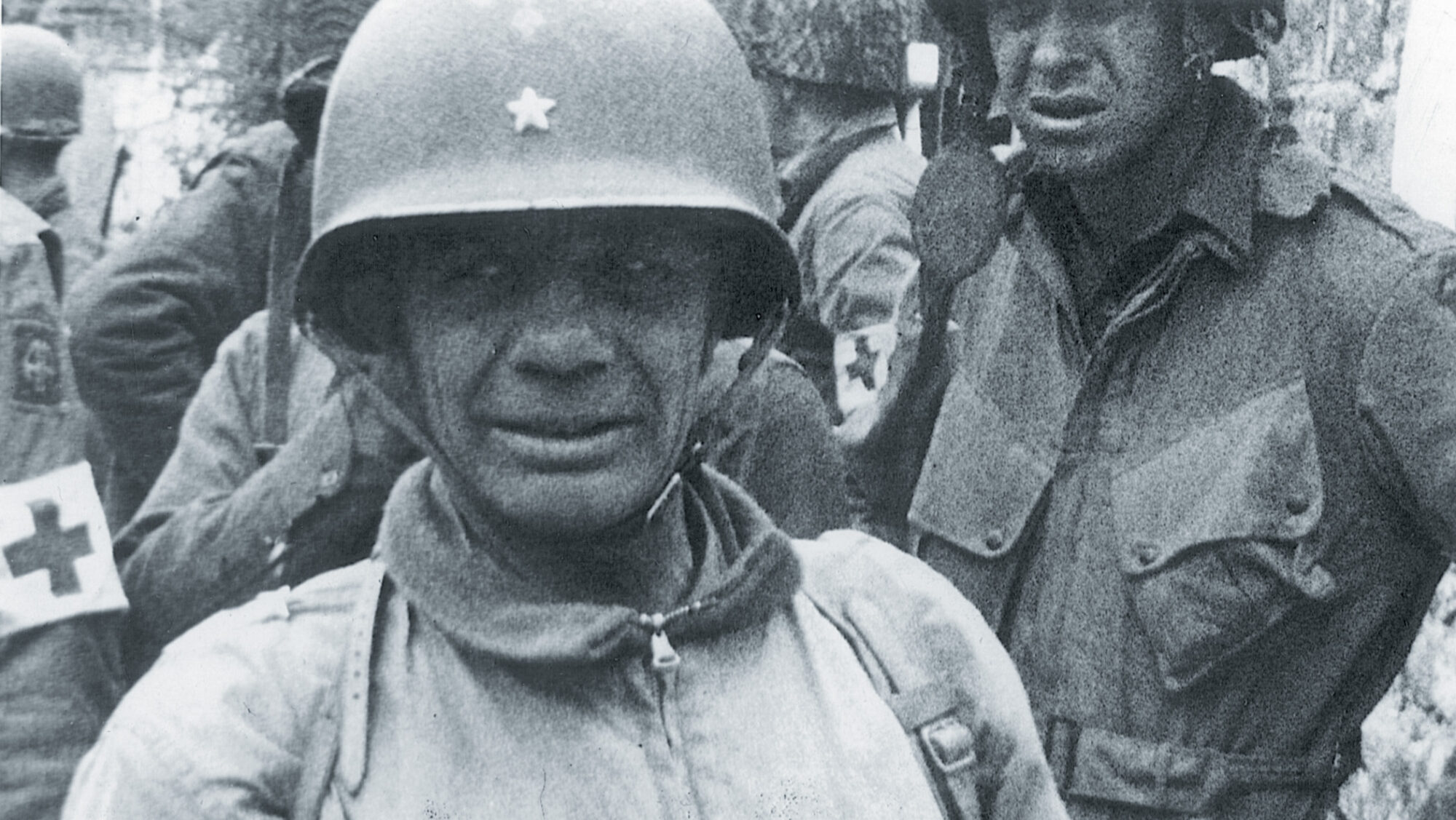
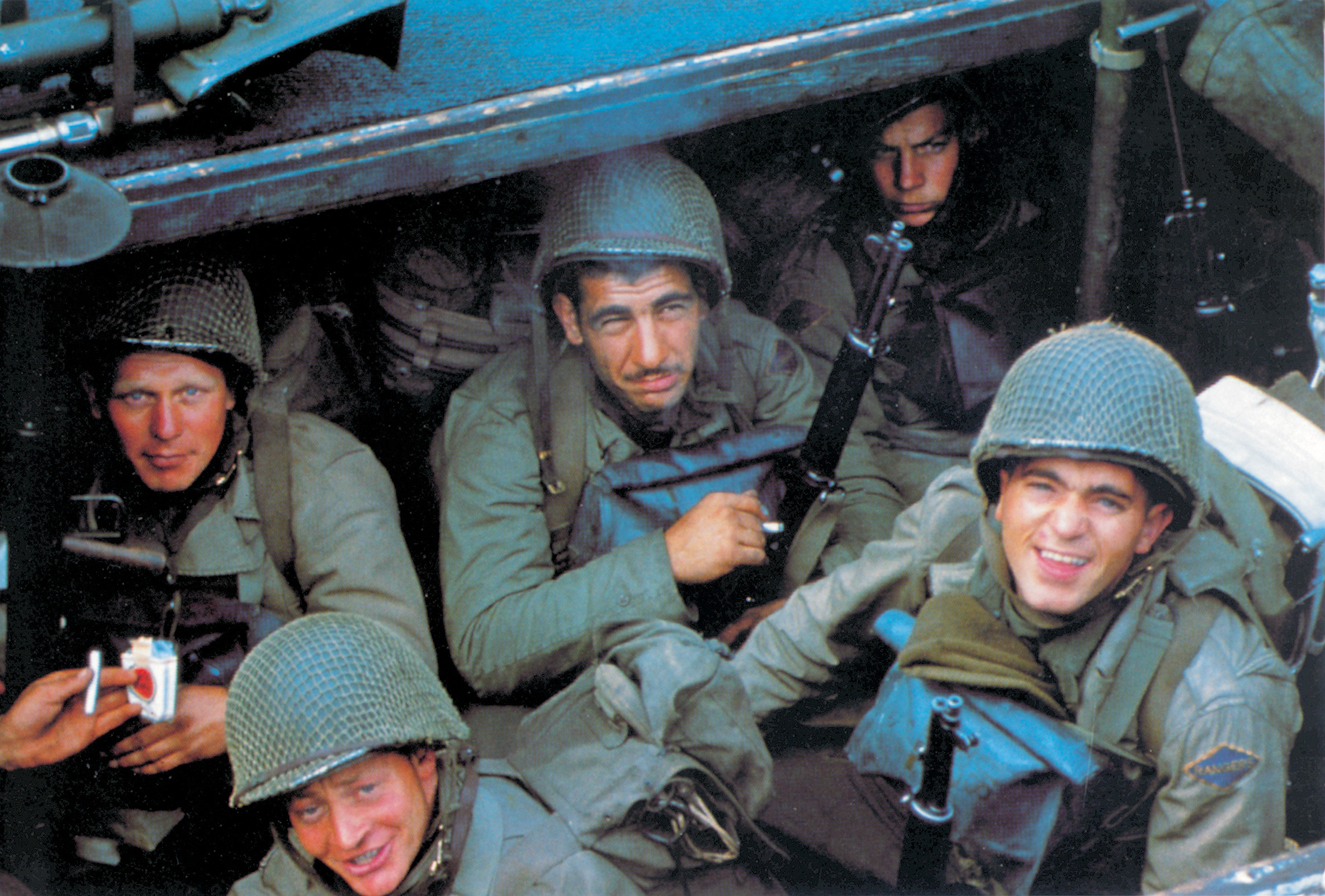
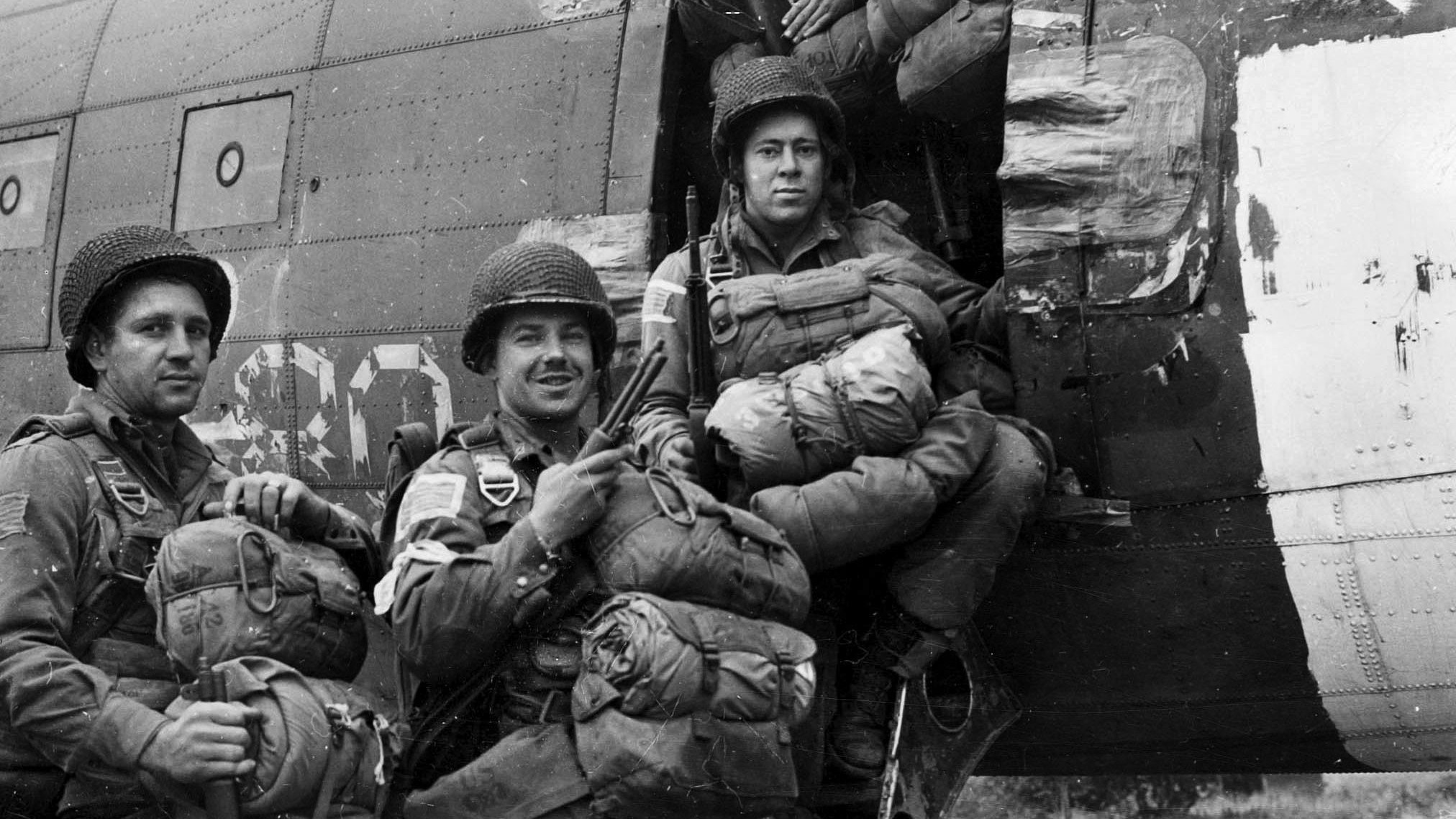

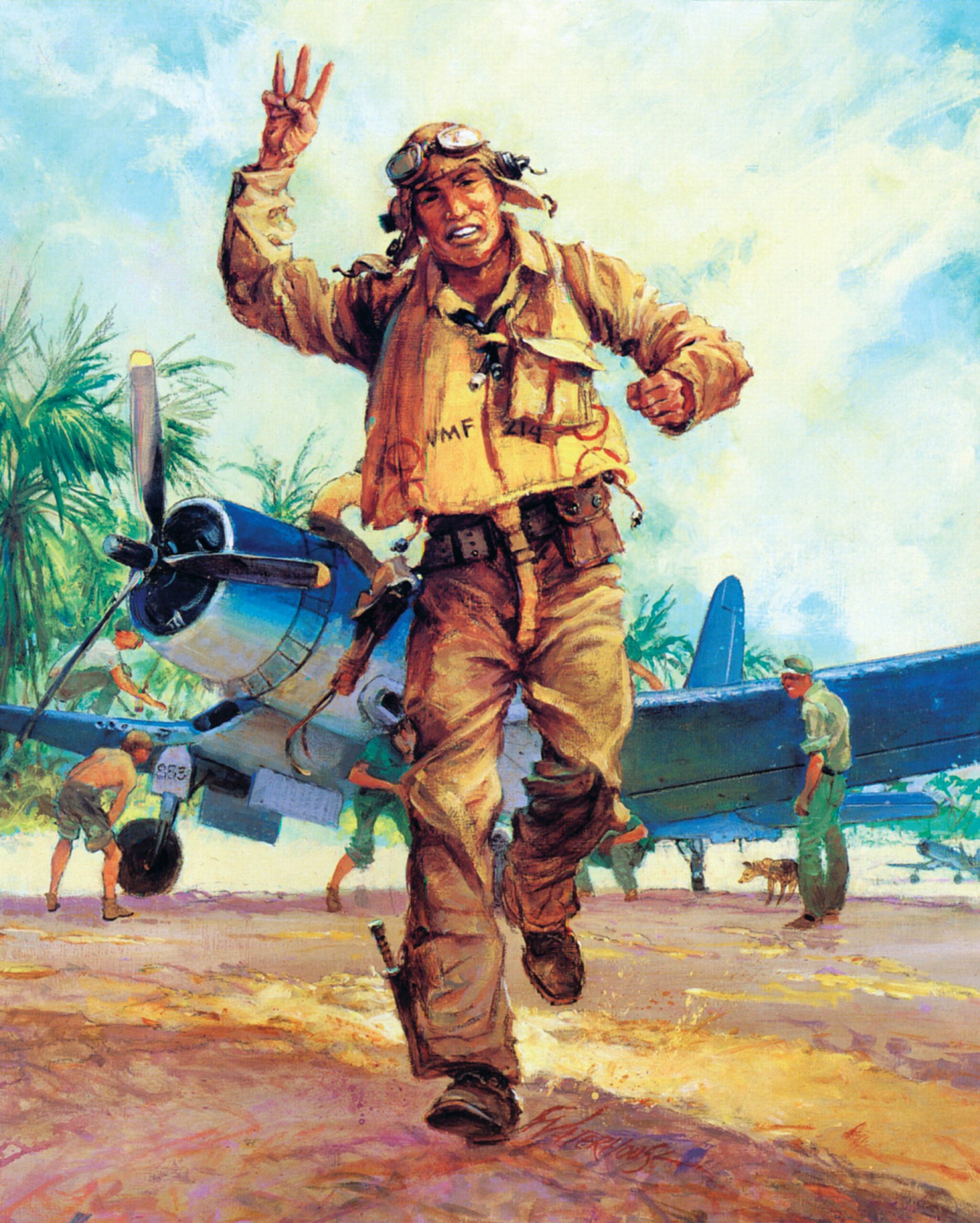
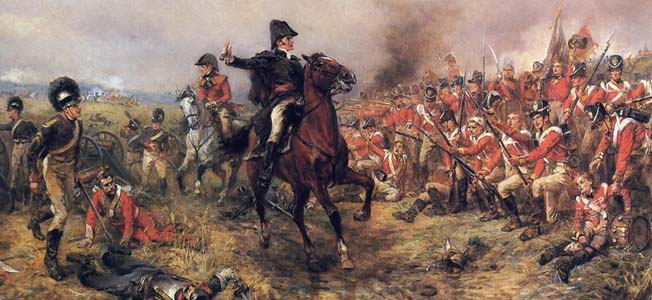
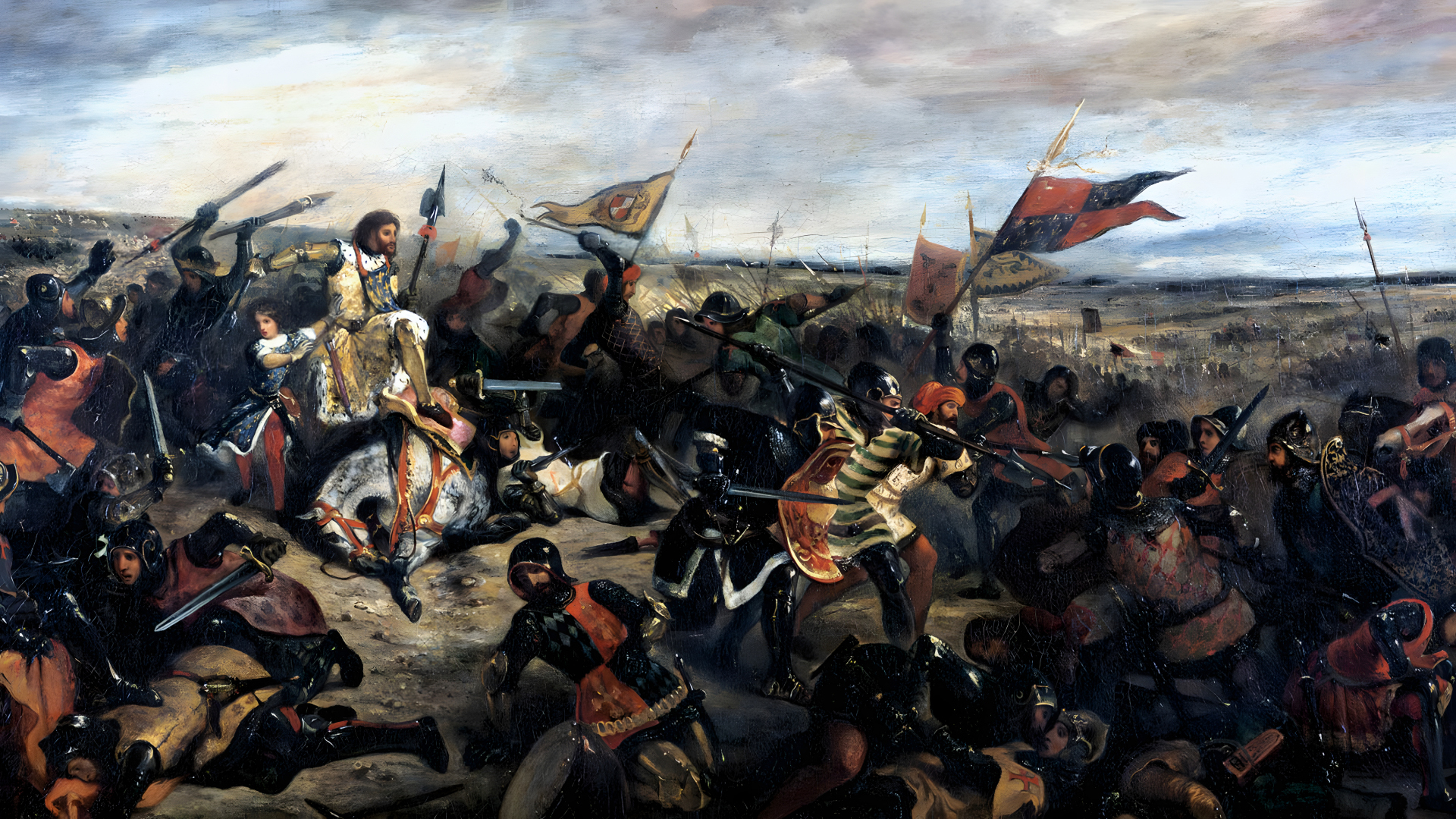
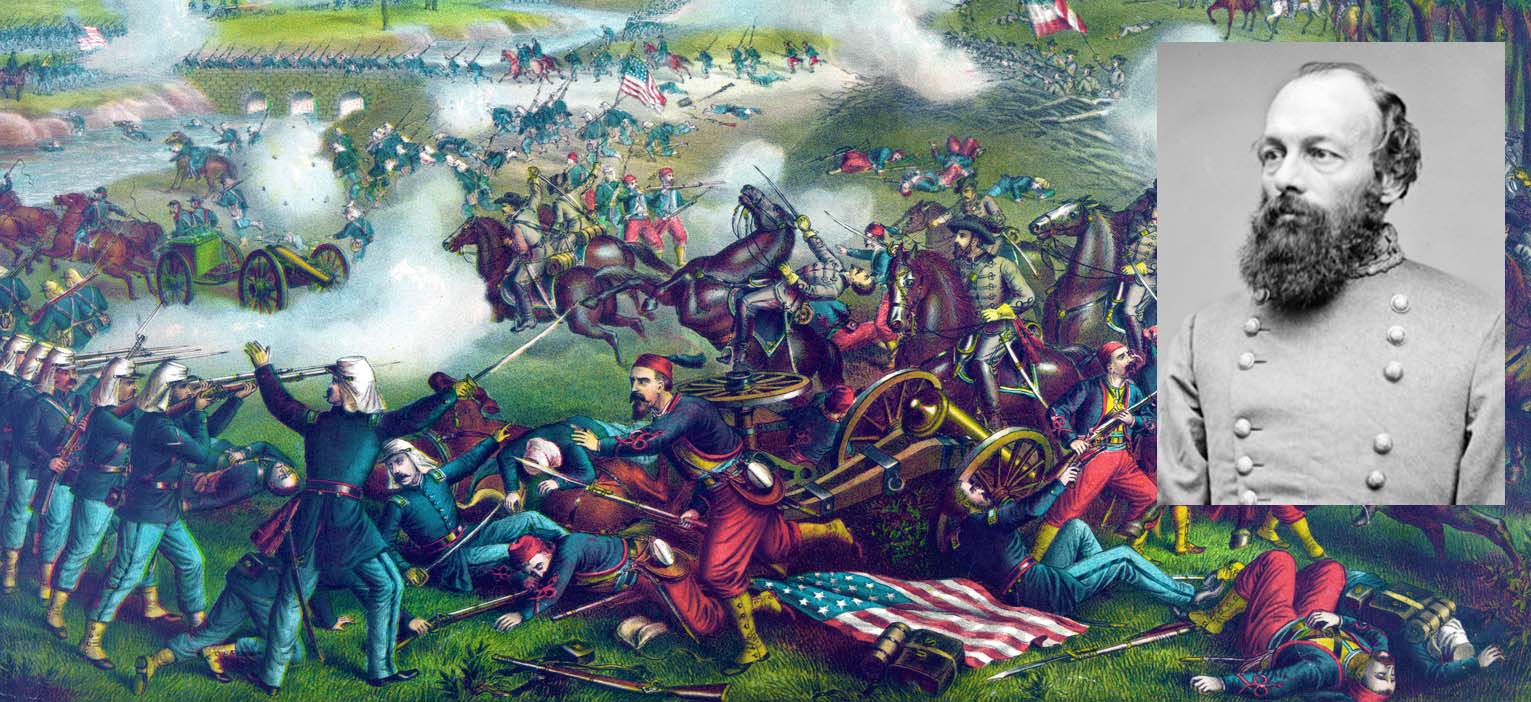
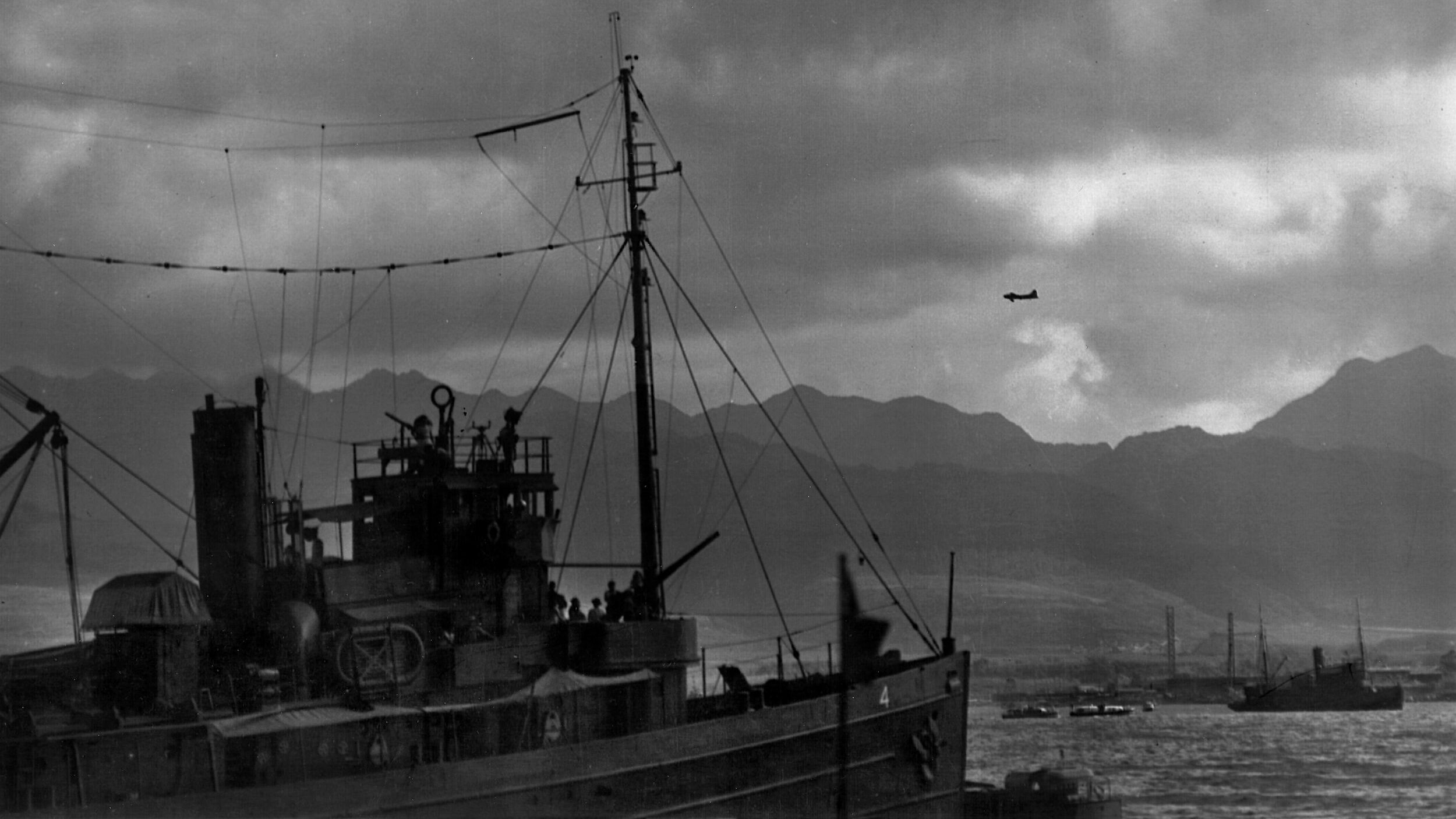
Join The Conversation
Comments
View All Comments